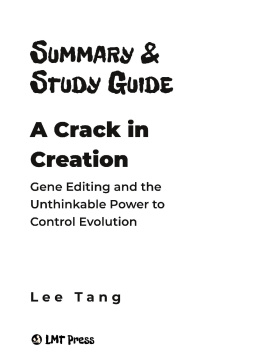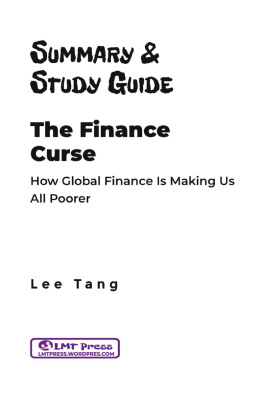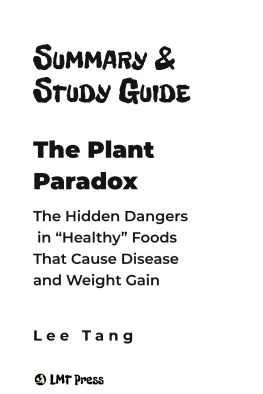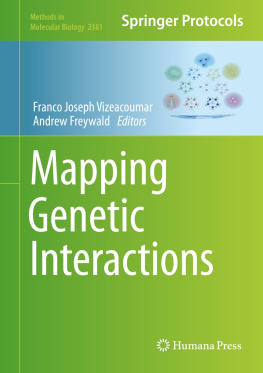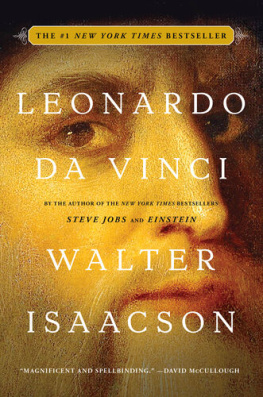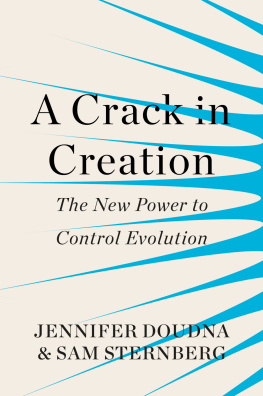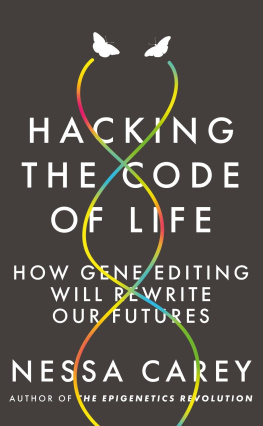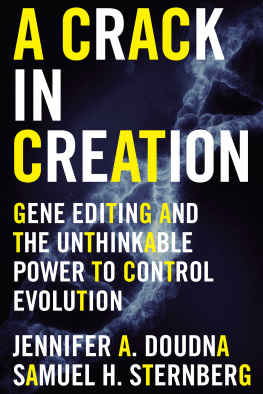Power and Peril of Gene Editing
CRISPR/Cas9 Technology
The must-read summary of A Crack in Creation: Gene Editing and the Unthinkable Power to Control Evolution, by Jennifer A. Doudna and Samuel H. Sternberg.
This book tells the story of CRISPR and gene-editing. CRISPR is a cutting-edge gene-editing technology that mimics what happens naturally in bacteria. It enables scientists to play god with plant or animal DNA, with unlimited power and peril.
The technology of gene editing is the most important advance in our era. The possibility of forever altering the genetic composition of humankind is frightening. Yet we cant overlook the opportunities that may lead to inventions for cures of HIV, debilitating genetic diseases, and cancers, and end food shortages.
The book will demystify this exciting area of science and inspire you to seek answers to tough moral and ethical questions on the use of this technology.
Read this book and get involved in the debate on the moral and ethical issues on the use of this technology.
This guide includes:
Value-added from this guide:
Save time
Understand key concepts
Expand your knowledge
Important Note About This Guide
This guide is a summary and not a critique/review of the book. The summary may not be organized chapter-wise but summarizes the books main ideas, viewpoints, and arguments. It is NOT meant to be a replacement, but a supplement to help you understand the books key ideas and recommendations.
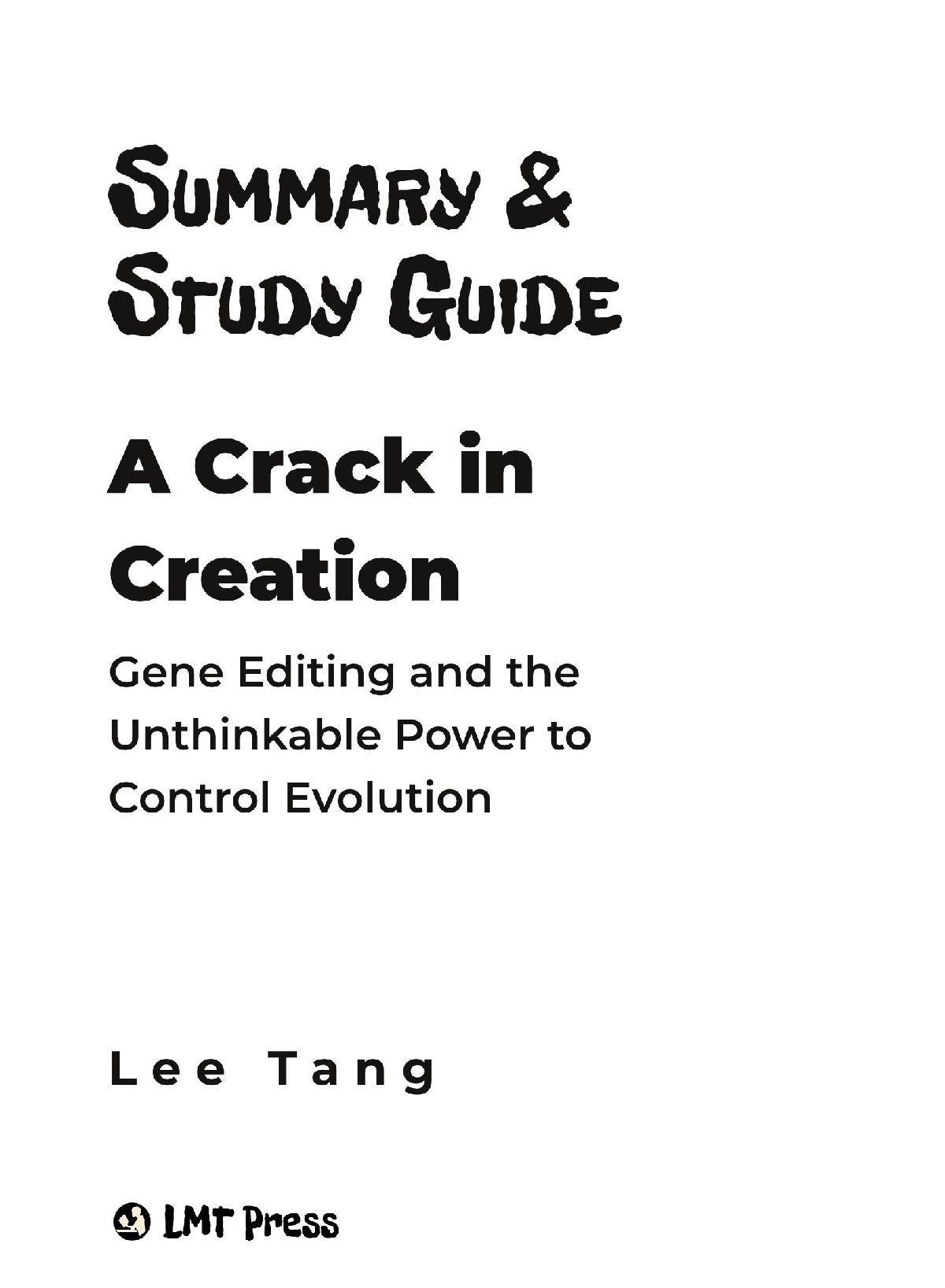
Title: Summary & Study Guide - A Crack in Creation
Subtitle: Gene Editing and the Unthinkable Power to Control Evolution
Author: Lee Tang
Publisher: LMT Press (lmtpress.wordpress.com)
Copyright 2017 by Lee Tang
All rights reserved. Aside from brief quotations for media coverage and reviews, no part of this book may be reproduced or distributed in any form without the authors permission. Thank you for supporting authors and a diverse, creative culture by purchasing this book and complying with copyright laws.
First Edition: August 2017
Issued in print and electronic formats.
ISBN 9780995943162 (ebook)
ISBN 9781974123100 (paperback)
ISBN 9781987063516 (paperback)
Limit of Liability/Disclaimer of Warranty: The publisher and author make no representations or warranties regarding the accuracy or completeness of these contents and disclaim all warranties such as warranties of fitness for a particular purpose. The website addresses in the book were correct at the time going to print. However, the publisher and author are not responsible for the content of third-party websites, which are subject to change.
To my wife, Lillian, who is the source of energy and love for everything I do, and to Andrew and Amanda: watching you grow up has been a privilege.
Table of Contents
Prologue
F or billions of years, life on earth progressed according to Darwin's theory of evolution. Up to now, human has had limited success to transform nature through the selective breeding of plants and animals because the DNA mutations making up the genetic variations were still generated spontaneously and randomly.
Today, scientists have brought this process of evolution under human control. With a powerful gene-editing tool like CRISPR, scientists can change the genetic code in the genome of any living organism. With CRISPR, changing a genetic code in the genome is as simple as editing a text document.
CRISPR has been used by geneticists to create genetically enhanced versions of animals and plants. It has transformed every genetic disease into a potentially treatable target. In laboratories, researchers have used CRISPR to correct the DNA mistakes that cause Duchenne muscular dystrophy. They have also rearranged over half a million letters of DNA inverted in the genomes of patients with hemophilia anemia. Although we still have a long way to go before CRISPR-based therapies will be widely available to treat human diseases, their potential is clear.
But the CRISPR technology has other profound implications. Scientists could use it to change the genome of the human species in ways that are heritable, forever altering the genetic composition of humankind. This forces us to grapple with where to draw the line when manipulating human genetics. Some call for an outright ban on editing the genomes of unborn humans, but others ask scientists to forge ahead without restraint.
In Part One of this book, the authors share the story of the CRISP technology, including how it began with the study of a bacterial immune system. In Part Two, the authors explore a large number of CRISP applications and discuss the opportunities and challenges that lie ahead.
Part One
The Tool
Chapter 1
The Quest for a Cure
S ince the 1960s, researchers at the National Institution of Health (NIH) have been studying a rare hereditary disease known as WHIM syndrome, a painful immunodeficiency disease caused by a single letter mutation in the DNA. Kim, known as WHIM-09 to the NIH researchers, had been diagnosed with the disease since birth and was hospitalized multiple times with serious infections caused by the disease. In 2013, Kim brought her two daughters with her when she met the staff at NIH for her follow up study . The two daughters, both in their early twenties, had classic signs of the disease, but Kim herself seemed fine.
After running a battery of tests, the NIH scientists slowly put together an explanation for Kim's cure. They concluded that a single cell in her body must have experienced an uncommon phenomenon known as chromothripsis. Chromothripsis is a phenomenon in which a chromosome suddenly shatters and is then repaired, resulting in a massive rearrangement of the genes. The rearrangement of DNA letters within the chromosome can cause both cancer and congenital diseases. But in Kim's case, the rearranged chromosome got rid of the diseased copy of CXCR4, the gene causing WHIM syndrome. That fortunate cell was a hematopoietic stem cell, which had passed along its rearranged chromosome to all its daughter cells, repopulating Kim's entire immune system with healthy new white cells free of the CXCR4 mutation. This chain of events has wiped out the disease that Kim has had since birth.
The odds of being spontaneously cured of a genetic disease by natural gene editing are small, like winning the genetic lottery. Kim's case is the only reported case of a patient being cured by spontaneous chromosome shattering and repairing. But cases exist where a genetic disease is partially or completely cured because the patients' cells have corrected the disease-causing mutation in the genome. These cases show the power and promise of natural gene editing. They also shed light on a potential avenue of medical intervention: to cure genetic disease by rationally and deliberately correcting the misspellings in the genome. To make this possible, researchers must understand the genome itself; what it is, and how it could be modified and manipulated.
Genetics 101
The genome is the entire set of genetic instructions found inside a cell. It comprises molecules called deoxyribonucleic acid, or DNA, constructed of just four nucleotides, A, G, C, and T, shorthand for the chemical groups of

